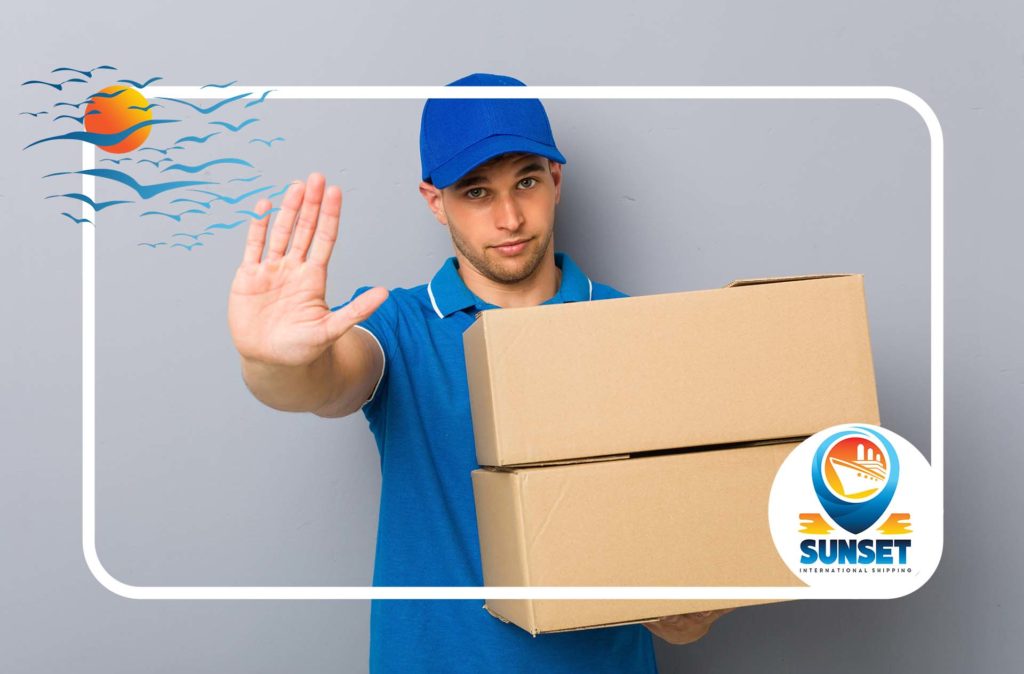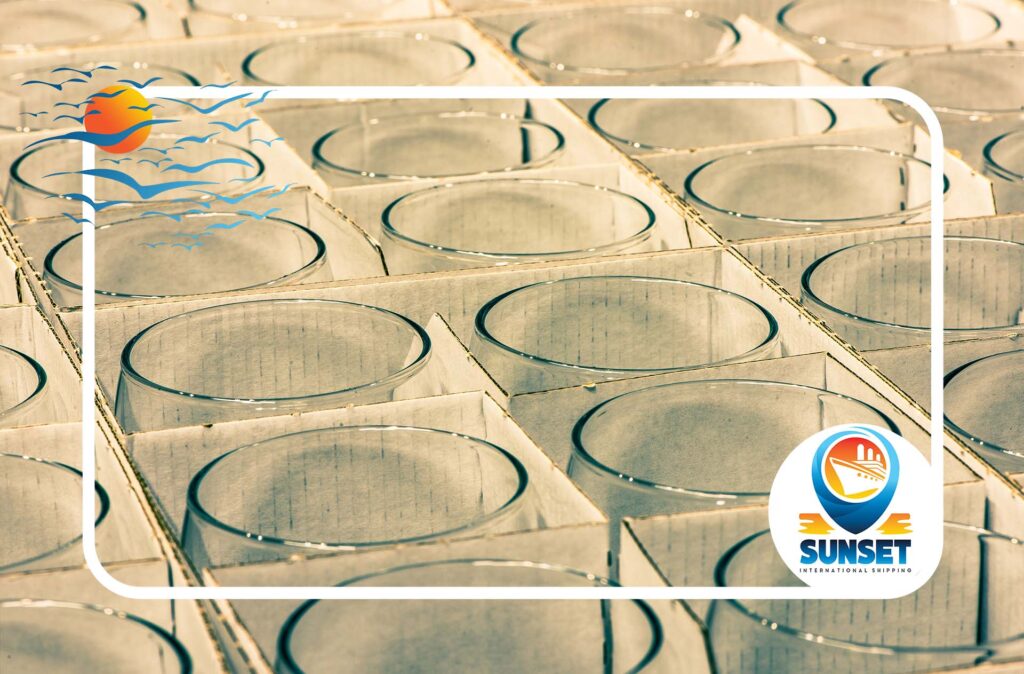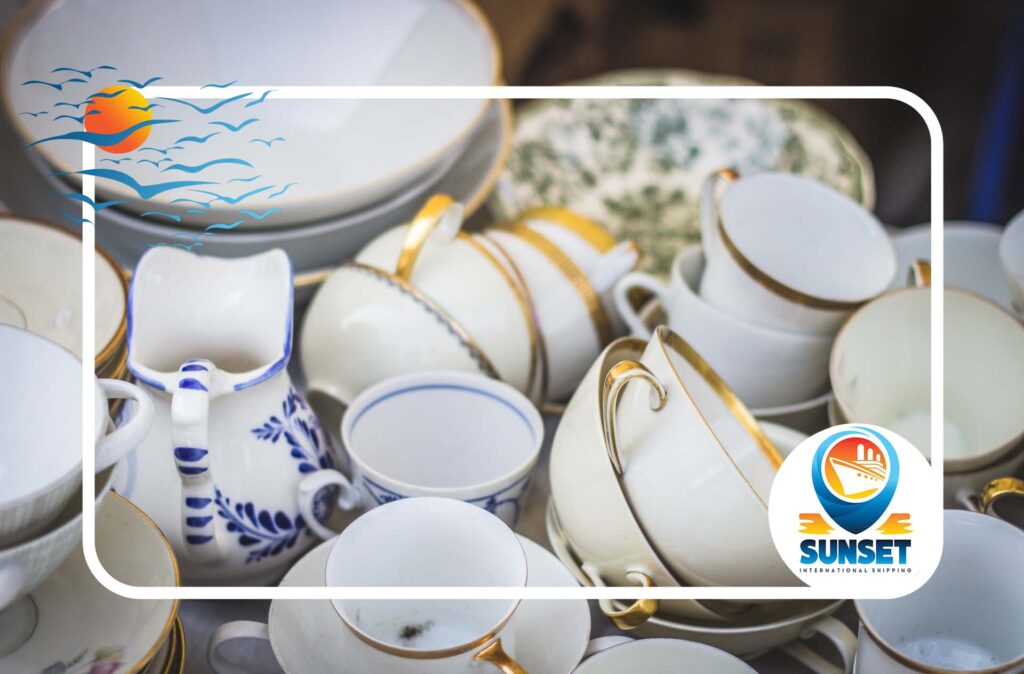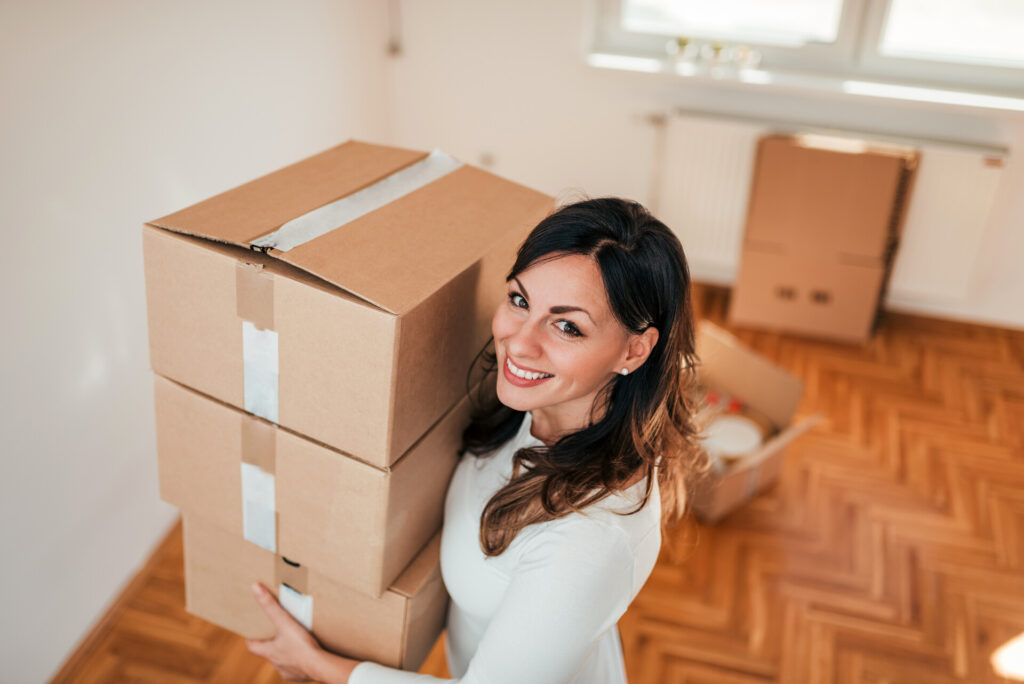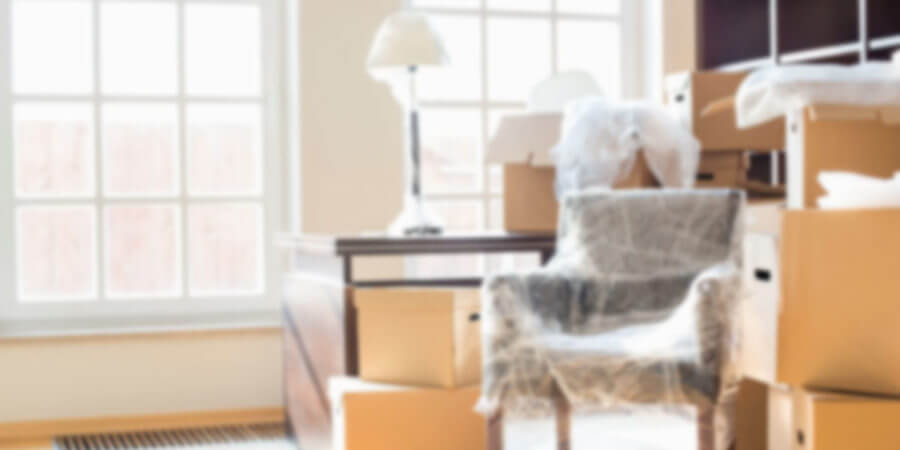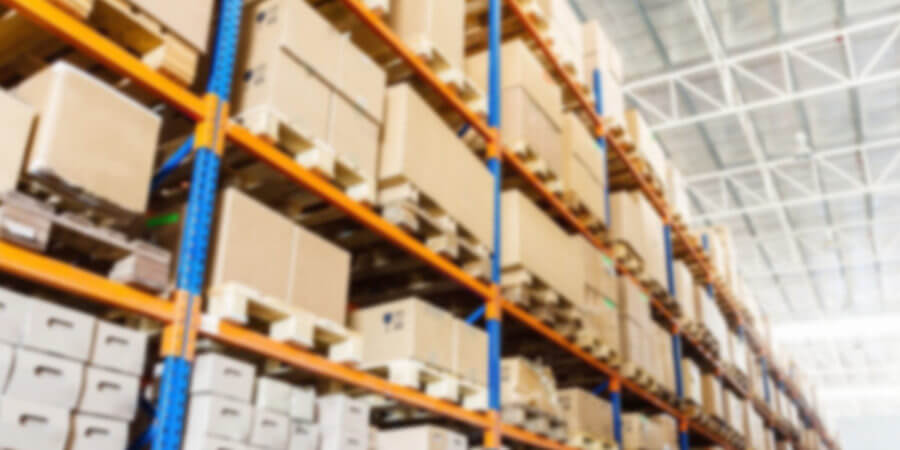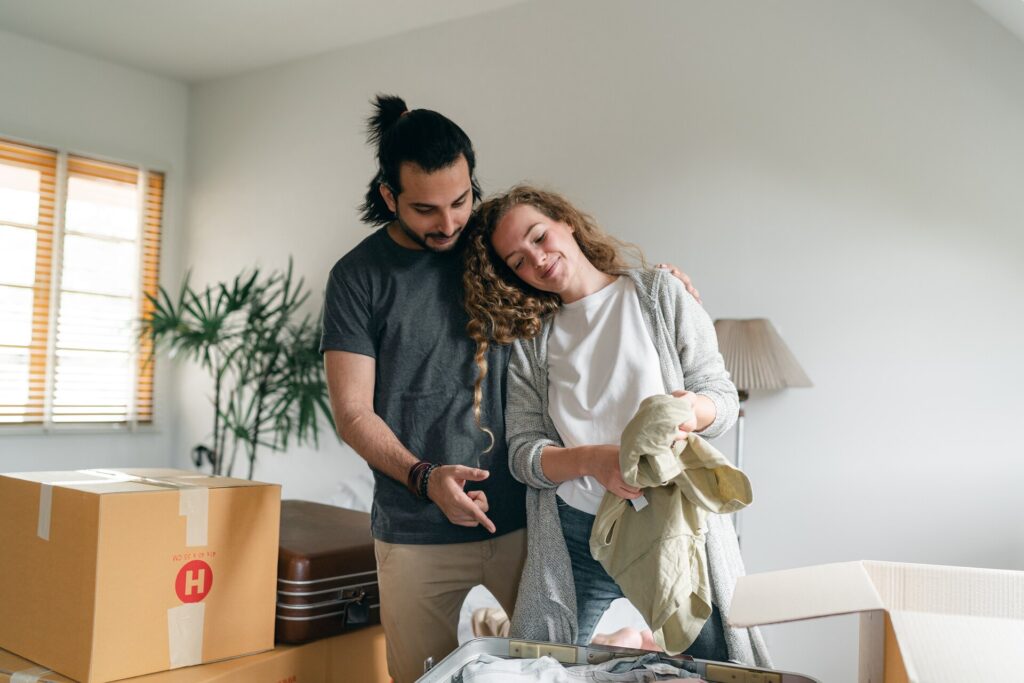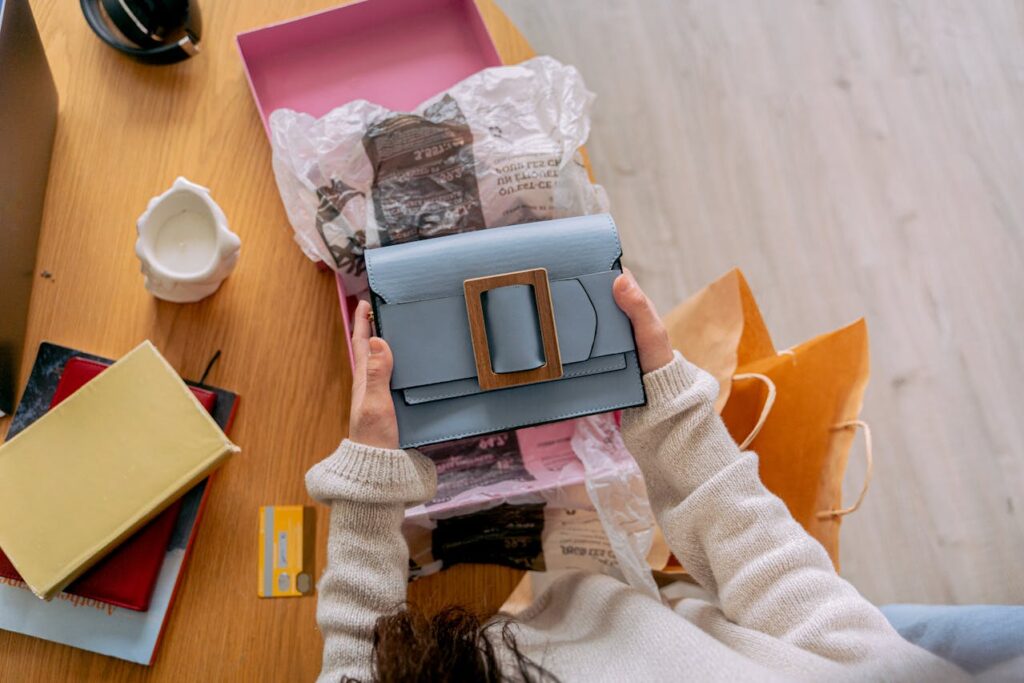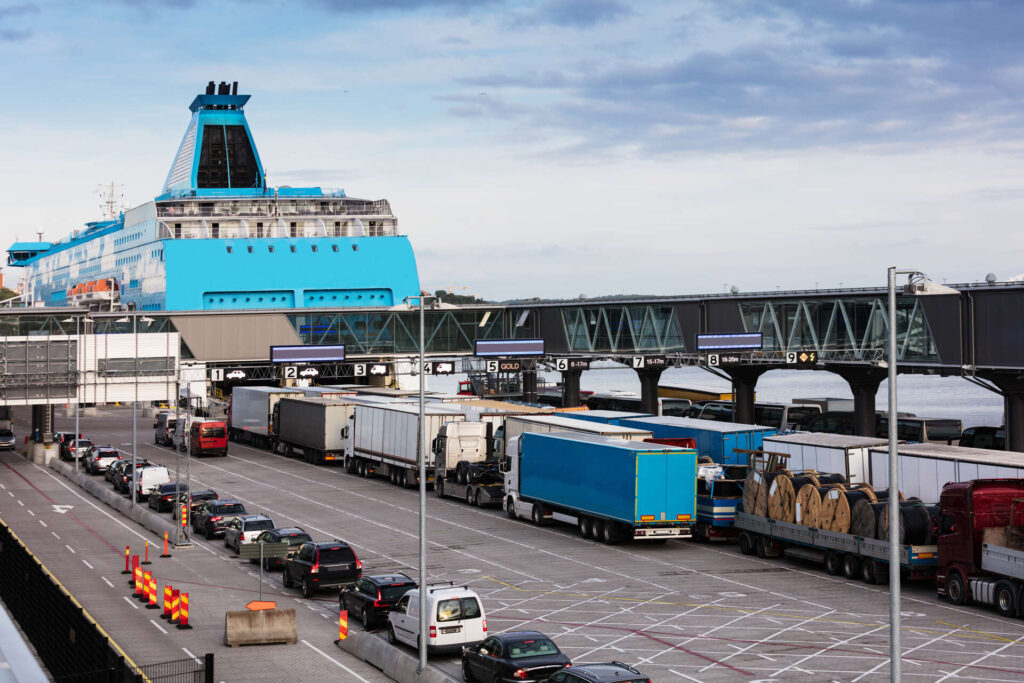When preparing for an international move, many worry about their delicate possessions and how they’ll withstand the rigor of such a long journey. Thankfully, understanding how to pack glass bowls for moving will help you prevent damage. Let us share expert tips and tricks to keep your possessions safe so you can focus on the other aspects of your move with peace of mind.
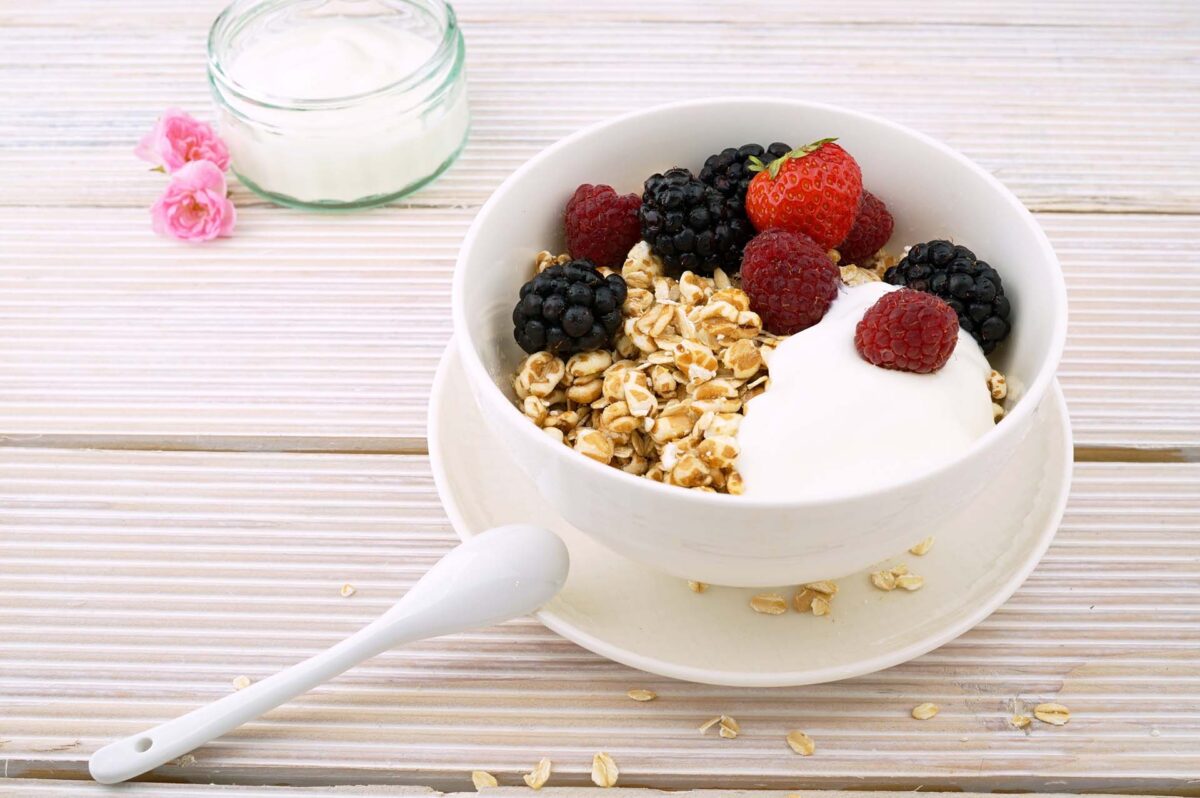

The Origin of Glass Bowls Is Traced Back to Ancient Times
First crafted during the era of the Pharaohs, these exquisite items have been part of our history for centuries. Back then, glassmaking was an esteemed art reserved for only the most adept craftsmen. Crafted exclusively by skilled artisans, blown glass bowls were considered highly valuable and significant. Remarkably, the methods used in ancient times for creating these pieces remain in use today, highlighting their timeless elegance and enduring appeal.
How to Pack Glass Bowls for Moving?
Packing fragile items doesn’t have to cause you a ton of relocation stress. Start this process by gathering essential supplies and wrapping each item individually. Choose a perfectly sized box that allows minimal movement and distributes the weight evenly. Don’t forget to label each box to ensure careful handling. By following these steps, you’ll streamline the whole process, making your relocation more efficient and worry-free.
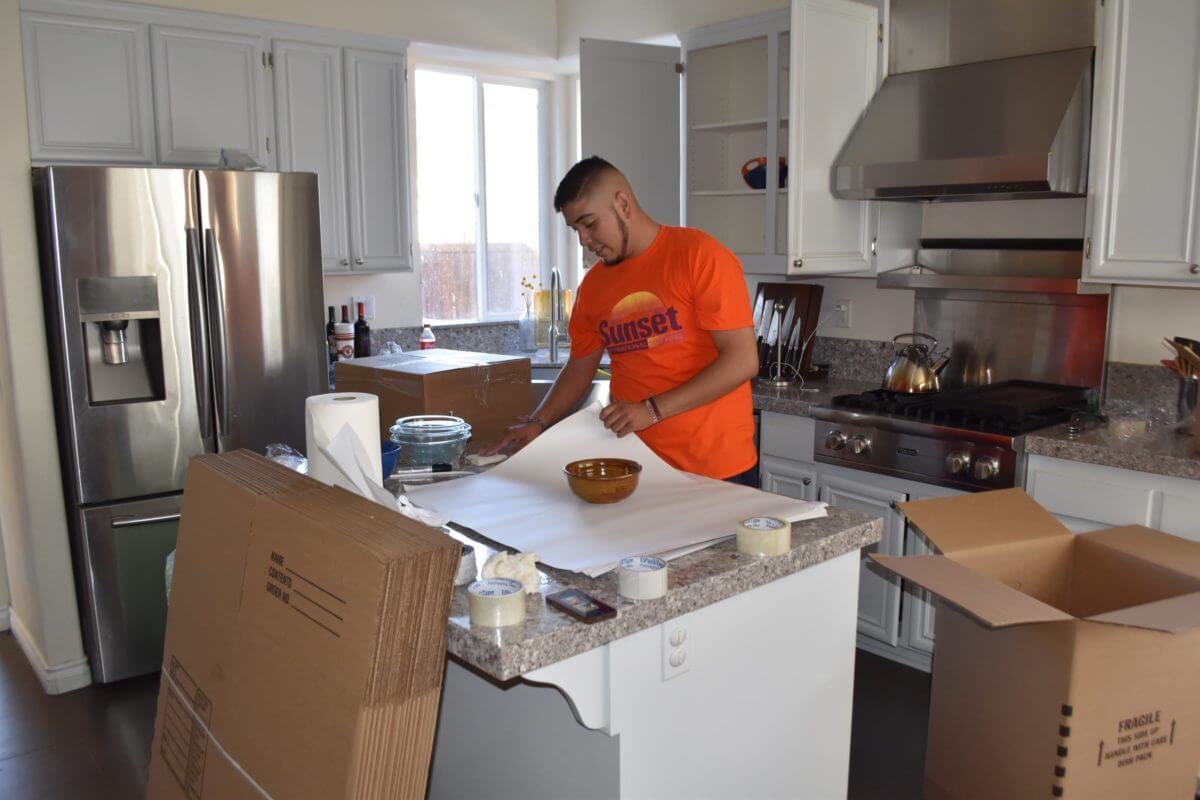

Start by Gathering Necessary Packing Supplies
Before diving into the whole process, it’s crucial to have the right supplies on hand. Using appropriate materials not only provides optimal protection but also makes the packing process more efficient and less stressful.
Here’s a list of essential packing materials needed for a smooth and safe relocation experience:
- Bubble wrap – essential for cushioning and protecting each bowl.
- Sturdy boxes – choose boxes that are strong enough to support the weight and prevent crushing.
- Strong duct tape – to securely seal and reinforce boxes.
- Cushioning materials – use foam peanuts and inserts or crumpled packing paper for filling gaps and adding extra protection.
- Markers and labels – to label boxes for easier identification and handling.
Explore Eco-Friendly Alternatives to Standard Supplies
For those keen on reducing their environmental footprint while moving abroad, there are several eco-friendly packing alternatives. Opt for curated boxes made from recycled materials, offering both sturdiness and sustainability. Biodegradable packing peanuts provide excellent cushioning without the environmental impact of traditional foam.
Shredded paper, an often overlooked resource, can be a great substitute for filling gaps in boxes. Consider using kitchen towels, smaller clothing pieces, and socks for wrapping and padding smaller objects, effectively repurposing items you already own.
Innovative eco-friendly tapes made from renewable resources offer a sustainable way to seal your crates securely. When learning how to pack large glass bowls for moving, don’t shy away from getting creative. Each bowl can also be utilized as added storage for those smaller clothing pieces. This technique not only protects your possessions but also saves space and reduces the need for additional materials, leading to less waste.
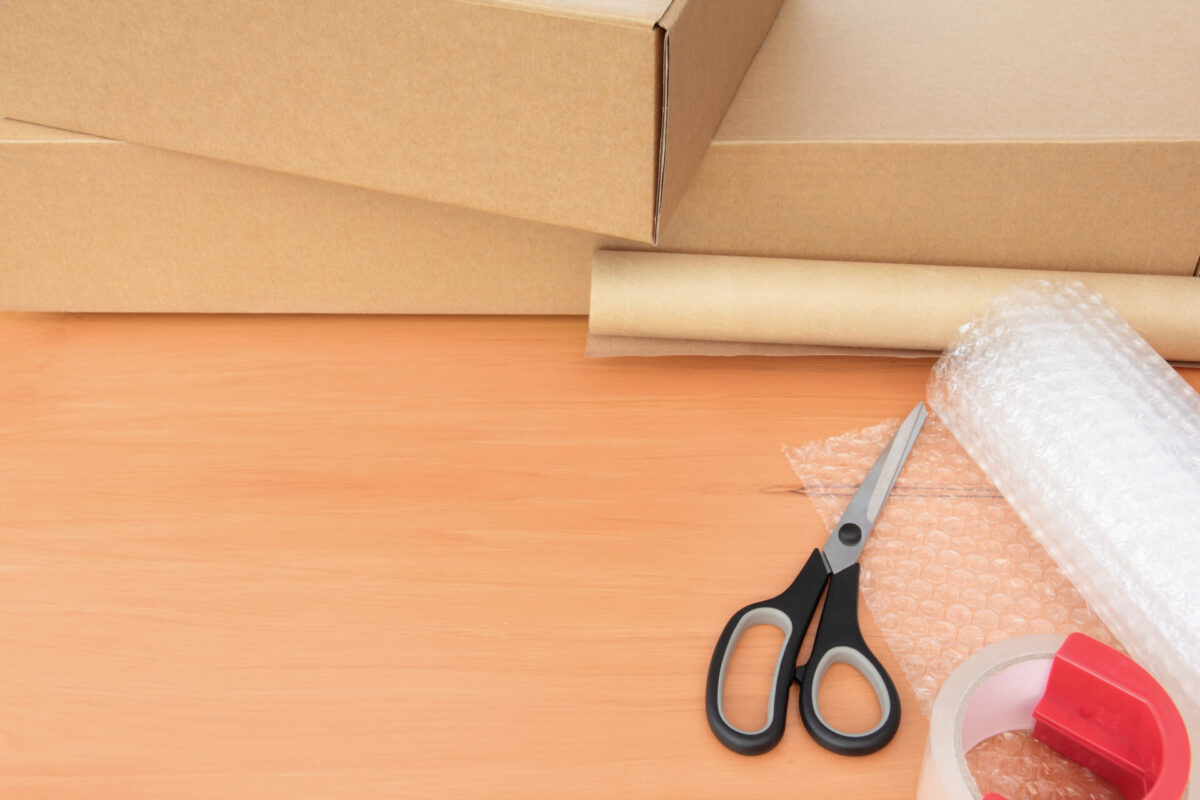

Take These Pre-Packing Preparation Steps
Moving overseas can be overwhelming, but good preparation can significantly enhance the safety and efficiency of the process. These steps are crucial to ensure your glassware remains in perfect condition during transit.
Clean and Air-Dry Your Glass Bowls Thoroughly Before Boxing Them Up
Never skip a good move-out cleaning session. This step prevents the transfer of odors and the risk of damage from any residual debris. After cleaning, make sure to air-dry your bowls completely. Packing damp glassware can lead to mold or mildew growth, which can ruin the integrity of your precious items.
Assess the Condition of Each Piece and Try to Lower Your Load
Every change should start with a good cleansing and downsizing process. Assess each item, considering its condition and relevance to your future home. Dispose of any items that are chipped or damaged, as they pose a risk during transportation.
Consider donating objects that no longer match your envisioned style or serve a practical purpose. Keep those pieces that hold significant emotional value or financial worth. This process not only lightens your load and saves you some money along the way. It also allows for a more thoughtful and organized packing experience.
Group Bowls by Size and Weight to Safeguard Their Integrity
This strategy ensures a balanced structure, preventing heavier items from damaging lighter, more delicate pieces. Storing similar-sized bowls together also allows for more efficient use of materials and space within the boxes. This careful grouping safeguards the integrity of your glassware, reducing the risk of relocation mistakes and breakage.
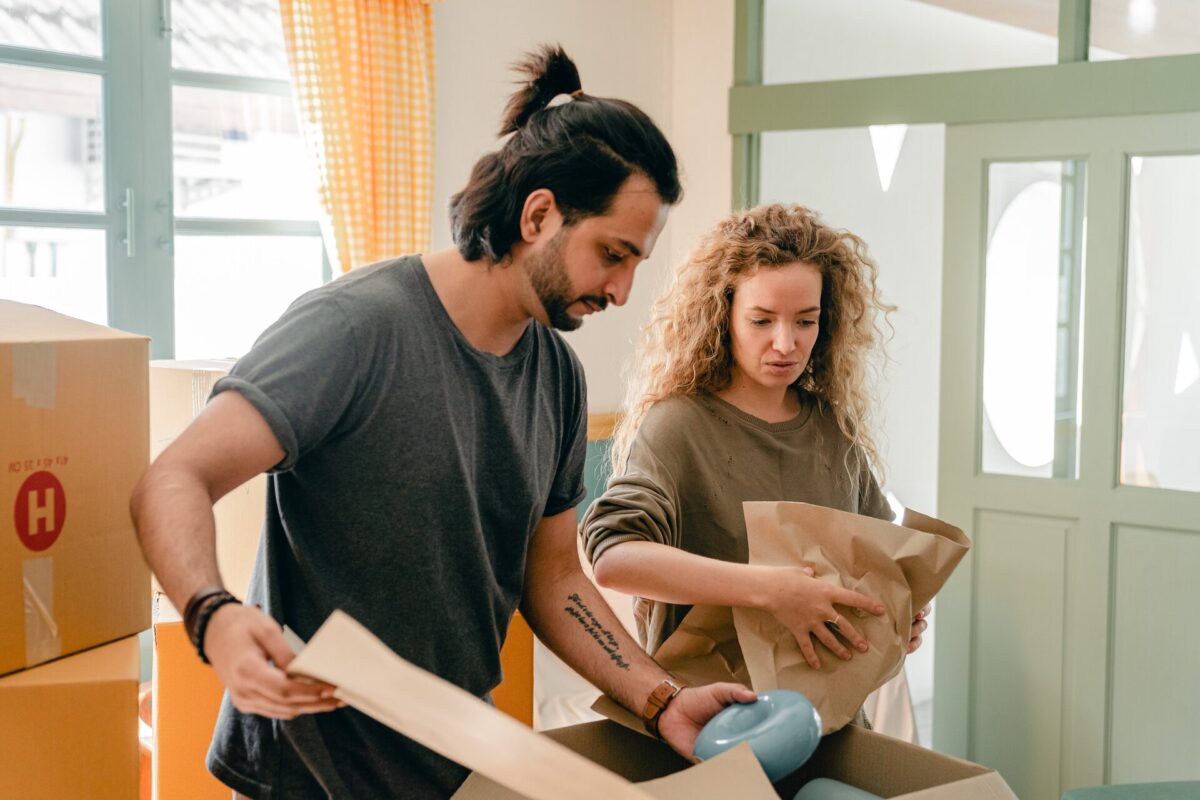

Employ Different Wrapping Techniques for Safer Transit
Using varied wrapping techniques for each type of item is key to ensuring safe transit. Different shapes, sizes, and fragility levels require specific approaches to wrapping and padding. This tailored method greatly reduces the risk of damage during handling and shipping overseas, especially for delicate items like glass bowls.
Step-By-Step Instructions on How to Wrap Glass Bowls
Begin by placing a layer of packing paper on a flat surface. Center the bowl on the paper and gently wrap it, tucking in the edges. Follow this with a layer of bubble wrap, ensuring complete coverage.
Once fully wrapped, secure the bubble wrap with duct tape. Be careful not to apply tape directly to the surface of the bowl, as this can leave residue or cause damage. Instead, tape over the bubble wrap, ensuring it stays in place.
Carefully Wrap Bowls With Lids or Delicate Features
These objects require extra attention. First, wrap the lid separately using the same method as the bowl. However, if your item has delicate features, such as handles or decorative elements, provide additional padding with small pieces of bubble wrap, foam sheets, or clean paper.
Carefully place the wrapped lid back onto the bowl and wrap the entire piece again in bubble wrap for added protection. This double-wrapping method ensures that both the object and its components are well-protected throughout the whole process.


Strategically Pack Your Boxes
The proper boxing-up process not only protects your items from damage but also maximizes space efficiency in each box. The goal is to ensure that everything remains stationary and cushioned throughout the journey.
Cushion the Bottom of the Boxes For Added Structure
Start by adding a layer of cushioning at the bottom of each box. This could be a layer of bubble wrap, crumpled packing paper, or even foam sheets.
This base layer adds structure to the box and acts as a shock absorber, protecting the contents from bumps and jolts during transit. This foundational padding is essential for keeping your glassware safe.
The Layering or Stacking Method – When to Use Which
Always place the heaviest objects at the bottom of the box. This creates a stable base and prevents lighter, more delicate items from being crushed. Use the layering method for items of similar size and weight. Don’t forget to place a protective layer of padding between each of those objects.
However, if you own multiple items of different sizes, you can use this to your advantage as well. Neatly nestle wrapped objects within each other. Gently tape around that pile to keep things in place for a smooth transition.
Fill All the Voids to Prevent Movement During Transit
Once your belongings are packed, inspect the box for any void spaces. Fill these gaps with additional cushioning materials like crumpled paper or foam peanuts. The key is to add enough padding to prevent movement but avoid overstuffing, as excessive pressure can cause damage.
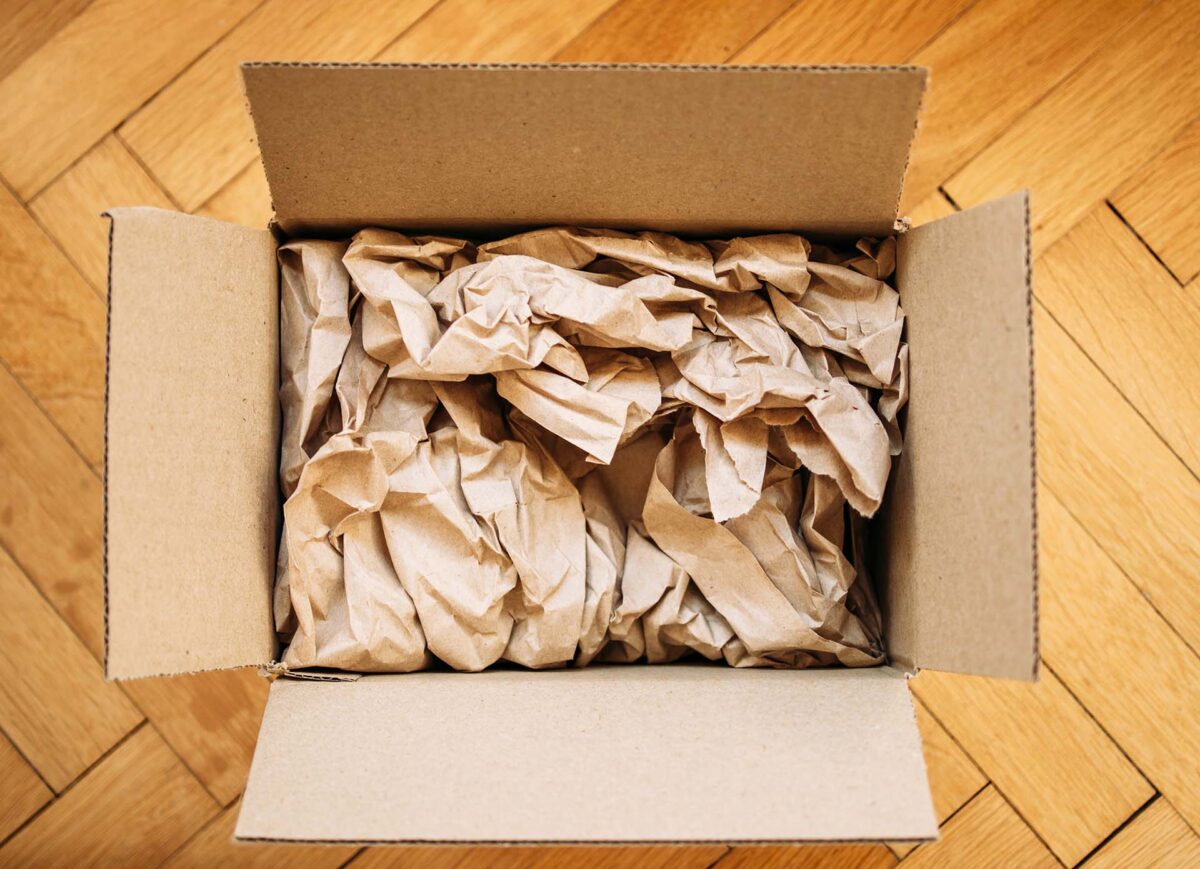

Make Sure That the Top of Your Crate Is Flat Before Sealing It
A flat top indicates that the container is not overpacked. This can prevent the box from being crushed or deformed during transit.
It also ensures that other crates can be safely stacked on top without the risk of toppling or damaging the contents inside. Before sealing, rearrange or remove items if necessary to achieve a flat, even surface.
Labeling and Stickers Are Important for Identification and Streamlined Handling
Firstly, labeling boxes as “Fragile” alerts movers and handlers to the delicate nature of the contents. This also encourages more careful handling. It’s advisable to use large, easily visible labels or stickers to mark your crates.
Additionally, marking the top side of the box with “This Side Up” stickers or notations ensures that the containers are kept and stacked in the correct orientation. It reduces the risk of items shifting or getting damaged.
Hire an International Moving Company to Help You Box up Fragile Belongings
Relocating overseas can be challenging, especially when you are not sure where to start or what exactly to do. However, you can mitigate all this anxiety about moving out with one simple step – hiring professionals for the job. Companies like Sunset International Shipping specialize in international relocations, offering comprehensive services to ensure a seamless transition.
Whether you choose to move by sea or air, we are equipped to handle every aspect of this transition. Our professional packing services are designed to protect your valuable items using industry-standard techniques and materials. With our assistance, you can have peace of mind knowing that your precious belongings will be securely shipped to your chosen country.


Let Our Dedicated Crew Bowl You Away
Long-distance relocations demand great attention to detail and organizational strategy. However, it is easy to let go of the reins and give in to the chaos around you. This is where professional assistance becomes irreplaceable.
Sunset International Shipping stands ready to bowl you away with its exceptional moving services. We will ensure that every aspect of your journey is handled with utmost care. Don’t hesitate to contact us today and book our crew for this great adventure. With us guiding your way, you will be ready to seize this new chapter with confidence and ease.
Begin by securing any moving parts with soft padding or bubble wrap. Use custom-sized boxes or adjustable dividers to accommodate the unique dimensions, ensuring there’s enough room for protective materials. Wrap the item thoroughly with bubble wrap, paying special attention to protruding parts.
It’s crucial to leave enough space between items to prevent contact and potential damage. Aim for at least an inch or two of space, which should be filled with soft padding materials like bubble wrap or foam inserts. This buffer zone helps absorb shocks and vibrations during the move, offering additional protection.
If possible, disassemble items with multiple parts. This makes them easier to box up and reduces the risk of damage. Wrap each component separately and label the pieces and their corresponding assembly parts.
If possible, skip utilizing newspapers when wrapping anything. The main reason behind this is that ink can leave stains. Opt for clean or acid-free tissue paper or even old linen and soft cloths.
The tape should be firm enough to hold the flaps closed and provide structural support. However, it should not be so tight that it warps the box or puts pressure on the contents inside. Reinforce the box’s bottom and corners for added stability.

